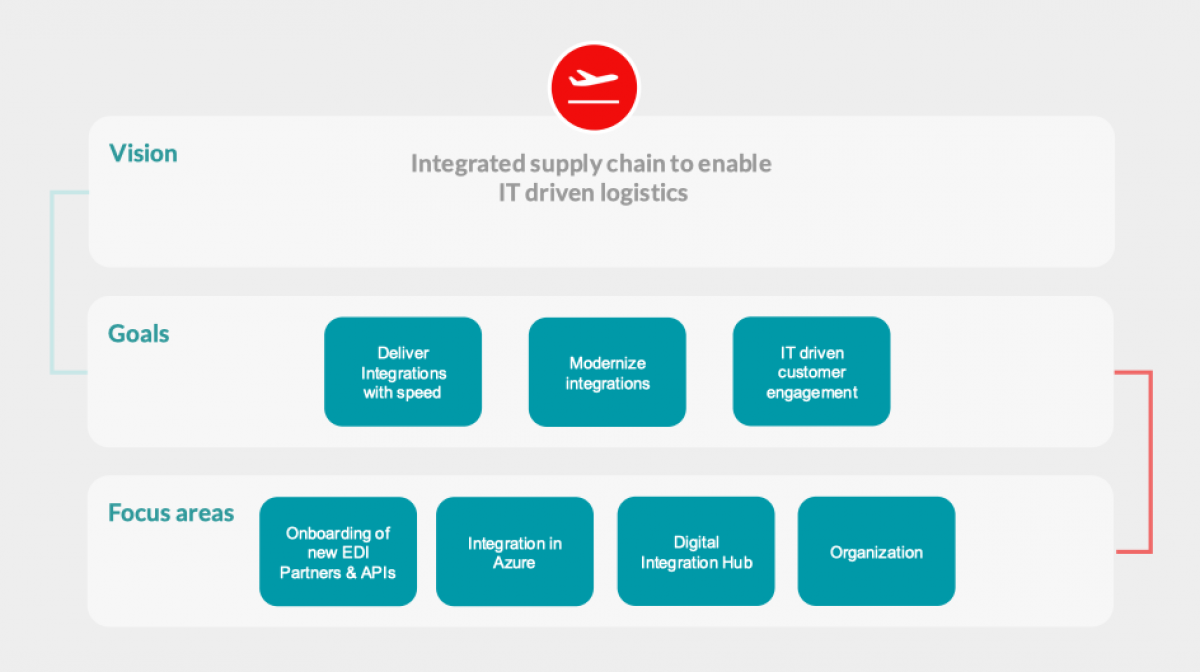In today's rapidly evolving business landscape, the ability to seamlessly integrate various systems and processes has become paramount. An effective integration strategy is no longer just a nice-to-have; it's a critical component for businesses striving for efficiency, scalability, and competitiveness. In this blog post, we will delve into the 6 most important steps of an integration strategy, and how it can be a game-changer for organizations of all sizes and industries.
1. Enhancing Efficiency and Productivity
An integration strategy streamlines operations by connecting different applications and systems within an organization. This reduces manual data entry, minimizes errors, and speeds up processes. For example, integrating customer relationship management (CRM) software with an email marketing platform allows for seamless communication with clients, automating follow-ups and improving response times. This newfound efficiency translates into increased productivity, enabling employees to focus on higher-value tasks and strategic initiatives.
2. Enabling Data-Driven Decision-Making
3. Improving Customer Experience
4. Facilitating Scalability and Growth
5. Enhancing Security and Compliance
6. Reducing Costs and Overheads
Conclusion
In today's dynamic business environment, an integration strategy is not just a technical consideration, but a strategic imperative. It underpins efficiency, productivity, and growth, while also ensuring compliance and security. Organizations that prioritize integration will be better positioned to adapt to change, meet customer expectations, and outperform competitors. As businesses continue to evolve, the importance of a well-thought-out integration strategy cannot be overstated. It is, quite simply, a cornerstone of success in the digital age.




